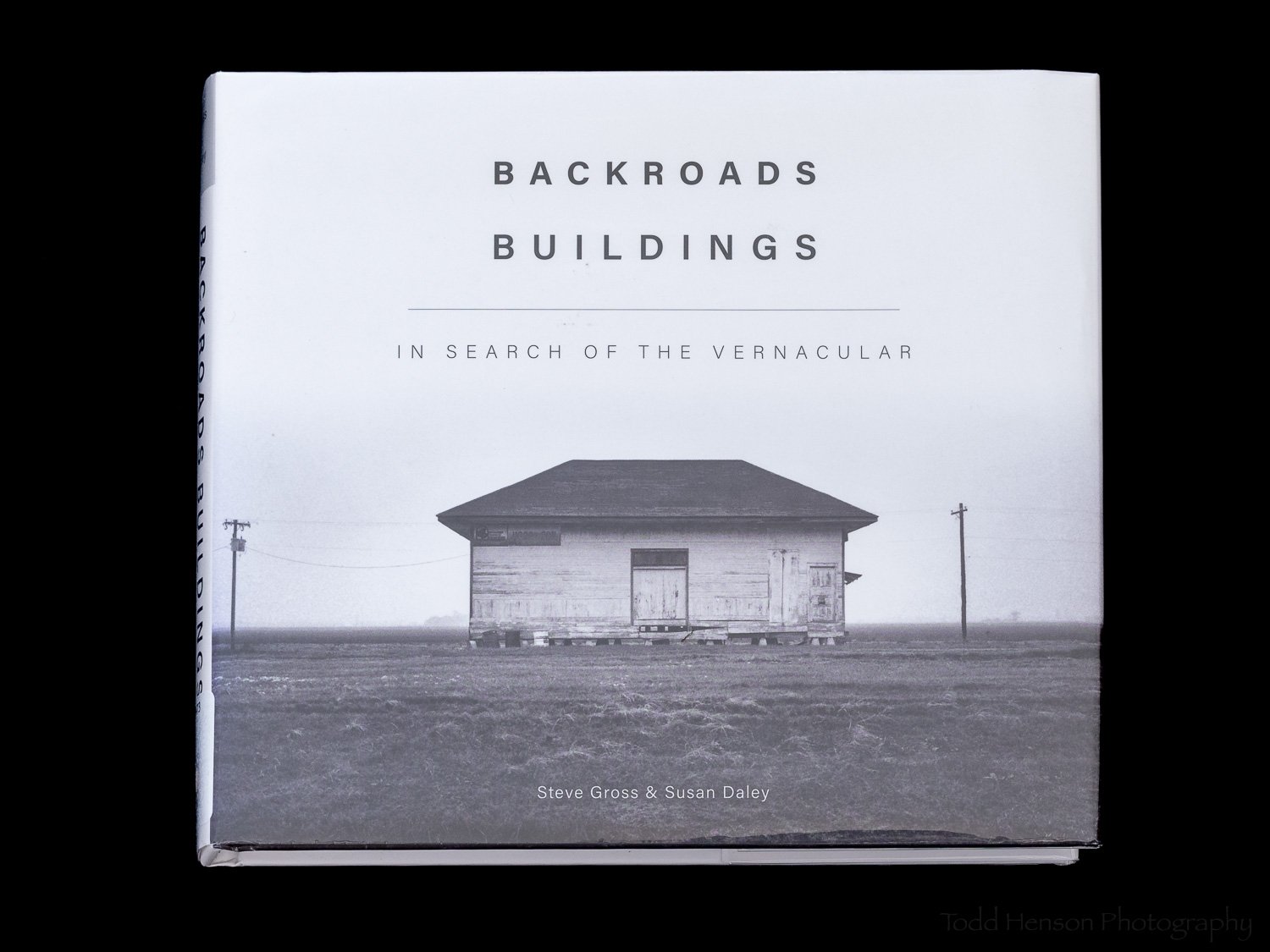This post contains affiliate links and I will be compensated if you make a purchase after clicking on my links. This is at no extra cost to you.
Ansel Adams: Classic Images is a classic Ansel Adams photo book. It contains 75 plates, all of photographs chosen by Ansel to represent his best work and intended to be shown as exhibitions in museums.
The book includes a short introduction by John Szarkowski and an excellent essay, titled Ansel Adams, American Artist, by James Alinder. The essay is a biography of Ansel’s life exploring how he became the quintessential American landscape photographer of his time. Following the photographic plates, which are all one per page, is a list of the plates and a chronology of important events in Ansel’s life.
Ansel Adams: Classic Images, plates 4-5: Winnowing Grains, Taos Pueblo, New Mexico, 1929 & Saint Francis Church, Rancos de Taos, New Mexico, 1929
I was curious what the differences were in the photographs in this book, chosen by Ansel, and those in Ansel Adams: 400 Photographs, chosen by Andrea G. Stillman, who worked as Ansel’s assistant. Obviously, 400 Photographs contains far more photographs than does Classic Images. But does it contain everything in Classic Images and is there any point in owning this book versus that one?
Ansel Adams: Classic Images, plates 14-15: Georgia O’Keefe and Orville Cox, Cnayon de Chelly National Monument, Arizona, 1937 & Ghost Ranch Hills, Chama Valley, Northern New Mexico, 1937
As it happens there are 13 photographs in Classic Images that do not appear in 400 Photographs:
Plate 6: Juniper Tree Detail, Sequoia National Park, California, c. 1927
Plate 17: Spanish American Woman, near Chimayo, New Mexico, 1937
Plate 23: Vernal Fall, Yosemite Valley, California, c. 1948
Plate 31: Pool, Acoja Pueblo, New Mexico, c. 1942
Plate 41: Mrs. Gunn on Porch, Independence, California, 1944
Plate 43: Dune, White Sands National Monument, New Mexico, c. 1942
Plate 51: Grand Canyon of the Colorado River, Grand Canyon National Park, Arizona, c. 1942
Plate 59: Penitente Morada, Coyote, New Mexico, c. 1950
Plate 60: Church and Road, Bodega, California, c. 1953
Plate 61: Buddhist Grave Markers and Rainbow, Maui, Hawaii, c. 1956
Plate 62: Manly Beacon, Death Valley National Monument, California, c. 1952
Plate 66: White Mountain Range, Thunderclouds, from the Buttermilk County, near Bishop, California, 1959
Plate 71: Trees, Slide Lake, Grand Teton National Park, c. 1965
Ansel Adams: Classic Images, plates 34-35: Canyon de Chelly National Monument, Arizona, 1942 & The Tetons and the Snake River, Grand Teton National Park, Wyoming, 1942
Fascinatingly, some of the photographs that appear in both look different. In some cases this may be due simply to differences in printing. But in some cases I wonder if it may be different versions of the same photo? Ansel is known to have reprocessed some images throughout the years, and there could be examples of this in these books.
Ansel Adams: Classic Images, plates 46-47: Clearing Winter Storm, Yosemite National Park, California, 1944 & Tenaya Creek, Dogwood, Rain, Yosemite National Park, California, 1948
So is Ansel Adams: Classic Images worth seeking out if you already own Ansel Adams: 400 Photographs? I may be biased, as I did purchase both, but I believe the answer is yes if you are enough of a fan of Ansel’s work. There are photos in Classic Images that don’t appear in 400 Photographs. And Classic Images has the essay by James Alinder, which I very much enjoyed.
Ansel Adams: Classic Images, plates 60-61: Church and Road, Bodega, California, 1953 & Buddhist Grave Markers and Rainbow, Maui, Hawaii, 1956
However, if you are looking for a single book that shows a broad range of Ansel Adams work, I would recommend Ansel Adams: 400 Photographs. It has a much broader range of material. The plates in both books are of similar size. Some are larger in one, some larger in the other, but they are mostly comparable.
In the end I don’t think you can go wrong with either book. They are both excellent representations of Ansel’s work.




















































